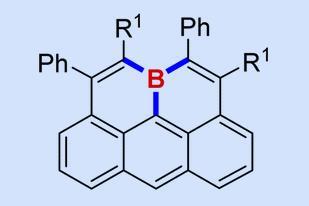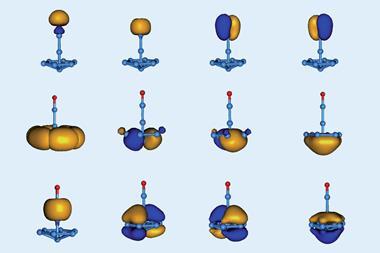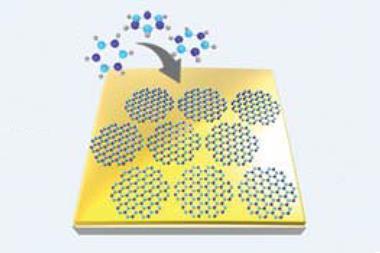
Researchers at Northwestern University in the US have synthesised atomically thin hydrogenated boron, dubbed borophane, for the first time.1 They created it by reacting unstable borophene – a single-atom-thick sheet of boron that is stronger, lighter and more flexible than graphene – with atomic hydrogen to produce a 2D material that was stable in air for days.
Borophene, which was first synthesised in 2015,2 has captured the attention of researchers because of properties such as its high mechanical strength, flexibility and superconductivity. These characteristics could have exciting applications for batteries, electronics and quantum computing. However, borophene immediately oxidises in air, losing its conductive properties, so cannot exist outside of an ultrahigh vacuum chamber. This has severely hampered the exploration of borophene and its properties.
‘The boron atoms in borophene are highly susceptible to further chemical reactions,’ explained Mark Hersam, who led the research. ‘We found that once the boron atoms are bonded with hydrogen, they will no longer react with oxygen when in open air.’ He and collaborators created borophene for the first time five years ago.
While the newly synthesised borophane has the same promising properties as borophene, it can be explored in the real world as it’s stable outside of a vacuum. ‘Materials synthesis is a bit like baking,’ Hersam said. ‘By sharing the optimal recipe for borophane with the world, we anticipate that its use will rapidly proliferate.’
References
1 Q Li et al, Science, 2021, DOI: 10.1126/science.abg1874
2 A Mannix et al, Science, 2015, DOI: 10.1126/science.aad1080

















No comments yet